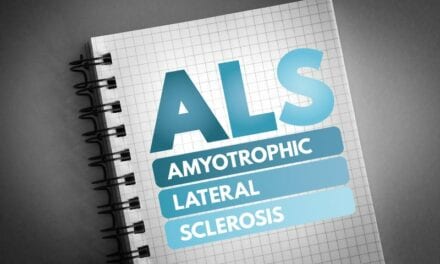.png)
Micheal P. Hefferan, PhD, study corresponding author, University of California San Diego neurodegeneration laboratory, highlights the emergence of cell-based transplantation therapies as potential treatments for neurological disorders, including ALS. However, Hefferan adds that, "Cell graft survival seems to greatly depend on an accompanying immunosuppression regimen, yet there are differential responses to identical immunosuppresive therapies."
Researchers indicate that the study focused on maximizing an immunosuppresive protocol for transplanting human spinal cord cells into pre-symptomatic ALS G93A rats with the G93A superoxide dismutase (SOD1) mutation. The study highlights two drugs used alone and in combination; tracrolimus (FK506) and mycophenolate.
Hefferan spotlights the drug FK506 and points out that although it, "Has been used successfully as a monotherapy in our previous studies of spinal ischemia, it failed in the present study on ALS.” Hefferan adds that inflammation may have played a role in the failure, “In contrast to ALS, where spinal inflammation continues and likely worsens until end-stage, the traumatically injured spinal cord is typically characterized by an acute inflammatory phase followed by a progressive loss of most inflammatory markers.”
Animals in the rat model that were treated with the combined immunosuppresion of both FK506 and mycophenolate, benefited from mycophenolate’s longer half-life rather than its action. Hefferan explains that adding mycophenolate appeared to supplement inhibition of T-cell formation and bolstered robust graft survival following investigation 3-weeks after grafting.
The study was published in Cell Transplantation.
Source: Cell Transplantation




